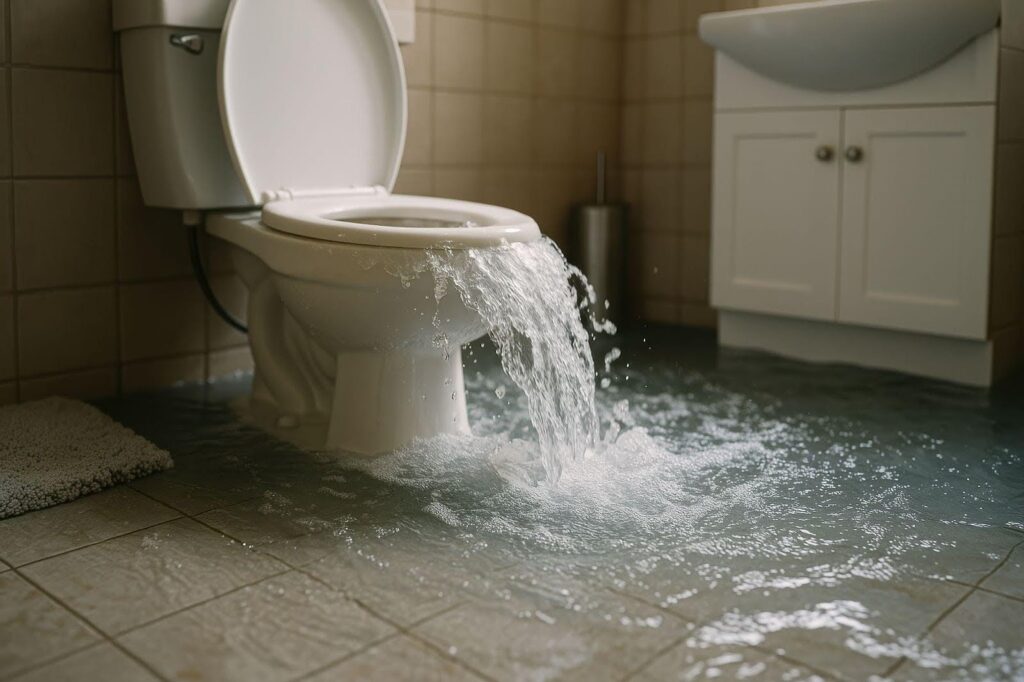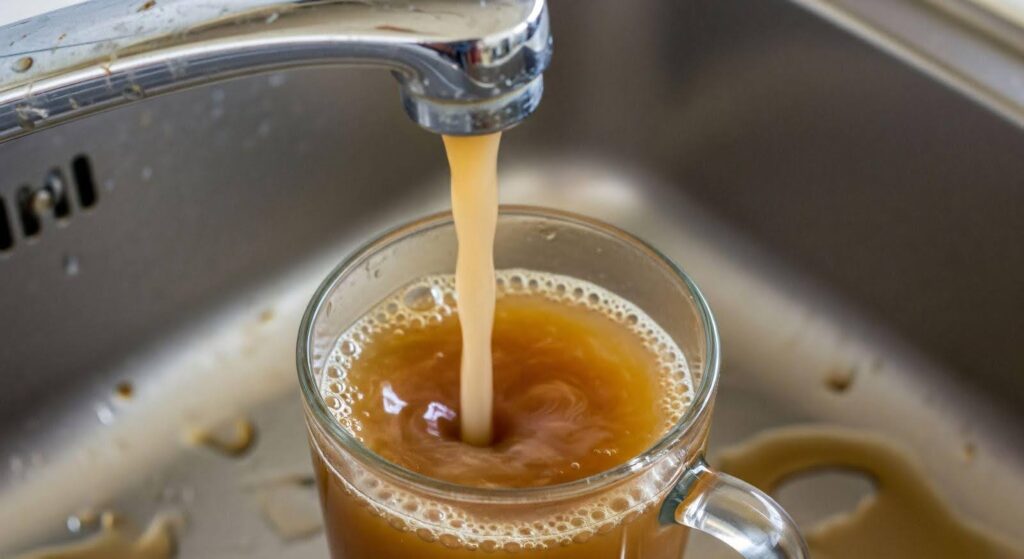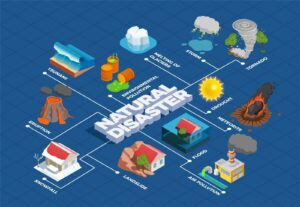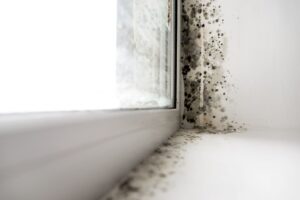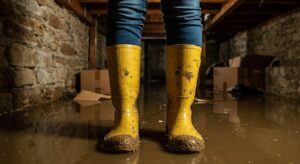Sewage damage is more than a messy inconvenience. It’s a serious health hazard. When sewage backs up into your home, it brings dangerous bacteria, viruses, and toxins with it. Acting fast can protect your health, your home, and your wallet.
Whether it starts with a bad smell or you notice unexplained water damage, recognizing the signs of sewage issues early can make all the difference. Here’s how to spot the warning signs, what to do if you suspect a problem, and how to get the sewer damage restoration you need.
Signs of sewage damage in your home
Not all sewage damage is obvious at first glance. Sometimes the signs start small — odd smells, damp patches, or unexplained health symptoms. But the sooner you recognize these red flags, the better chance you have of stopping the problem before it spreads. Here are the most common signs of sewage damage to watch for:
1. Persistent or foul odor
The most noticeable — and hardest to ignore — sign of sewage damage is a strong, unpleasant smell. It often resembles rotten eggs, sulfur, or a musty, decaying odor that doesn’t go away, no matter how much you clean. If this odor is coming from your drains, basement, bathroom, or even seeping through your floorboards, it’s a major warning sign.
Sewage gases like hydrogen sulfide can build up in your pipes or escape through cracks or broken seals. Even if you don’t see standing water, a bad smell may mean raw sewage is trapped somewhere behind your walls or under your flooring. Trust your nose — if something smells off, it probably is.
2. Unusual discoloration and staining
Sewage water often leaves visible marks. Look for dark brown, gray, greenish, or black stains on your floors, walls, and ceilings, especially around plumbing fixtures. These stains may appear in odd shapes or grow over time.
You might notice bubbling paint, peeling wallpaper, or warped baseboards. These are often early signs that dirty water has soaked into your home’s structure. In some cases, you might see greasy or slimy residue — this is often from organic waste materials in the sewage.
Discoloration that appears near sinks, toilets, tubs, or basement drains is especially concerning; it’s important to address it immediately.
3. Visible water damage or moisture
Standing water or unusual dampness — especially in basements, bathrooms, or around the foundation — clearly indicates something is wrong. You might see:
- Pools of water near drains or toilet
- Wet flooring or soggy carpets
- Warped wood or laminate floors
- Cracks or bubbling in drywall
- Rust forming on metal surfaces
Unlike clean water, sewage water often carries debris, grease, or a dark tint. If your water damage looks dirty or smells bad, it’s likely contaminated, so treat it as a health hazard. And even if the area seems dry on the surface, moisture could be trapped underneath, feeding mold growth and structural rot.
4. Plumbing backups and slow drains
When sewage lines become blocked, wastewater has nowhere to go, which means it could come back up through your drains. If you notice multiple drains clogging at once or hear gurgling noises from your toilet or shower, it’s time to take action.
Slow drains, especially when combined with foul odors or strange bubbling sounds, could mean a blockage is forming in the sewer line. The longer it goes unresolved, the greater the risk of a backup and serious damage.
5. Sudden or unexplained health symptoms
Sewage contains harmful bacteria, viruses, and parasites that can make you sick — even if you haven’t touched the water directly. If your home has hidden sewage damage, you may begin to experience health symptoms like:
- Headaches or fatigue
- Stomach cramps or nausea
- Skin rashes or irritation
- Coughing, sneezing, or difficulty breathing
- Worsening asthma or allergy symptoms
These symptoms may come and go or affect some family members more than others. If multiple people in the home start feeling unwell — especially with no clear cause — sewage exposure could be the reason.
Pay special attention to how children, pets, and elderly family members react. Their immune systems are more sensitive to biohazards and are often the first to show signs of trouble.
What happens if you come in contact with raw sewage
Raw sewage is a dangerous biohazard filled with harmful bacteria, viruses, parasites, and chemicals. Even brief exposure may lead to serious health problems. When sewage backs up into a home, it carries human waste, industrial runoff, and other contaminants that can linger long after the water is gone.
Health risks from contact
Direct contact with raw sewage may cause skin irritation, rashes, or infections if it touches an open cut or wound. Inhaling fumes or particles released from sewage can trigger respiratory issues such as coughing, wheezing, or even more severe lung infections.
Accidental ingestion — even a tiny amount — can lead to gastrointestinal illnesses like vomiting, diarrhea, stomach cramps, and dehydration. In some cases, sewage exposure can spread serious diseases such as Hepatitis A, E. coli, or Salmonella.
Risks from indirect exposure
You don’t have to physically touch sewage water to be at risk. Contaminants can soak into walls, flooring, and furniture, leaving behind invisible hazards. Mold and bacteria can continue to grow even after the water recedes, putting your family at ongoing risk of illness.
Why professional cleanup matters
Sewage damage cleanup without proper training and equipment can worsen the situation. Disturbing contaminated materials can release more harmful particles into the air and spread them to unaffected parts of the home.
Certified sewer damage restoration professionals use protective gear, specialized disinfectants, and containment methods to safely remove hazardous materials and sanitize affected areas.
If you think you’ve been exposed to raw sewage, it’s important to wash thoroughly, remove any contaminated clothing, and seek medical attention — especially if you develop symptoms. And if sewage has entered your home, call a sewer damage restoration company immediately to handle the cleanup safely and thoroughly.
What to do next: Immediate steps to take
If you’ve had contact with sewage, act quickly to reduce your risk of illness.
- Wash your skin thoroughly with warm water and soap, paying special attention to any cuts or scrapes.
- Remove and bag any contaminated clothing to prevent spreading bacteria to other surfaces or people.
- Change into fresh clothes and disinfect any items you touched before washing.
- Keep a close eye on how you feel over the next few days. If you develop symptoms like nausea, diarrhea, skin irritation, or fever, seek medical attention right away.
Prompt care will help prevent more serious health issues after sewage exposure.
Need help with sewage damage? Call Total Flood & Fire Restoration
Sewage damage is more than a mess. It’s a threat to your health, your home, and your peace of mind. At Total Flood & Fire Restoration, we provide sewage damage cleanup for the mess and biohazards and fully restore your space with care and precision.
Whether it’s a backup, overflow, or hidden leak, our certified team is ready 24/7 to respond with the right tools and the expertise you can count on.
Don’t wait for it to get worse. Contact Total Flood & Fire Restoration today for your sewer damage restoration, and let us take the weight off your shoulders. We’ll handle the dirty work — so you don’t have to.


